Residenzschloss, Darmstadt
Residenzschloss Darmstadt, often just called Schloss is the former residence and administrative seat of the Grand Dukes of Hessen-Darmstadt. It is located in the center of Darmstadt, just a few meters from Luisenplatz. This prominent landmark of Darmstadt is a massive and striking structure and can hardly go unnoticed.
Here is a brief history of the Residenzschloss:
Just like the Auerbacherschloss, the origins of Residenzschloss also are connected with the county of the Katzenelnbogen. The Katzenelnbogen had built a castle in Darmstadt in the 13th century. During their reign, the castle was rebuilt and extended many times. When the last count of Katzenelnbogen died in the late 15th century, Darmstadt fell into the hands of the Landgraves of Hesse. Under the landgraves, the castle was destroyed several times due to wars and rebuilt again.
It also houses the museum, which can be visited on Fridays and weekends only through a guided tour that lasts 90 minutes. The last Grand Duke- Ernst Ludwig took the initiative of establishing this museum and opening it to the public. The museum showcases paintings, sculptures and handicrafts, furniture, tapestry, glass, ceramics, gold, and silverware, spanning four centuries.
Grand Duke Ernst Ludwig is also credited with the establishment of the Landesmuseum, designing the gardens at Orangerie, and being the founder of the Kunstlerkolonie ( artists colony) on the Mathildenhöhe. His impressions can also be found in Park Rosenhöhe, where he was later buried.
The official website for the Schloss museum is:
https://schlossmuseum-darmstadt.de/en/home/
Here, you can also buy a combo ticket for the Schloss and the Porzellanmuseum at Prinz Georg Garten, which is just across the road connected to Herrngarten.
The Schloss garden is used as a 'Biergarten' and is a pretty popular place to hang out, especially in the summers.
The moat ( der Schlossgraben in German) is accessible all the time. It almost looks like a small garden now, with plenty of plants, benches, etc.
There is a short story behind this garden too:
The moat of the Schloss was originally filled with water from the Darmbach stream. Since this stream also took the sewage from the neighboring town, it used to stink very severely during summer. It was then, in 1814, that the Grand Duke, therefore, agreed to a proposal by his building council to drain the palace moat and have a botanical garden laid out on the reclaimed area. The idea was to cultivate native plants and display them. However, they soon realized that the moat was too small. This led to the relocation of the botanical garden to its present location on Roßdörfer Straße in 1874.
However, some plants remain to beautify the moat and give it a park-like feel. Here are some pictures I took when I visited the Schloss in June.
Check out my article about the music festival by the name Schlossgrabenfest. It takes place every year around the end of May in the areas adjoining the Schloss namely Fiedenplatz, C
Karolinenplatz, and the City ring.
To know more about places and experiences in and around Darmstadt, click here.
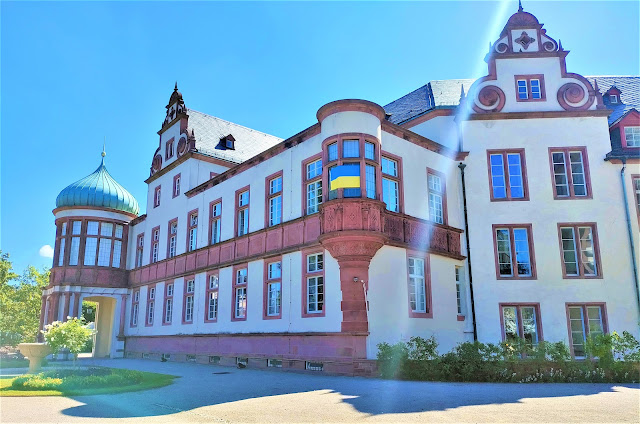








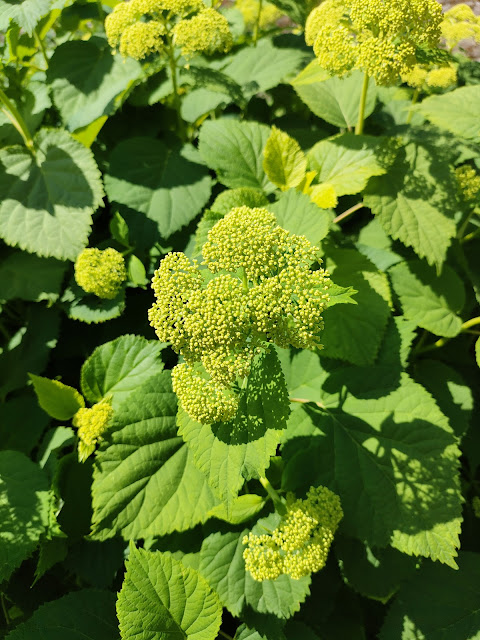
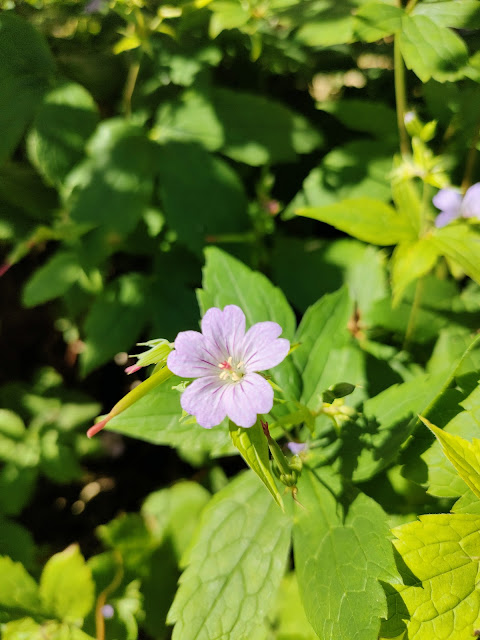
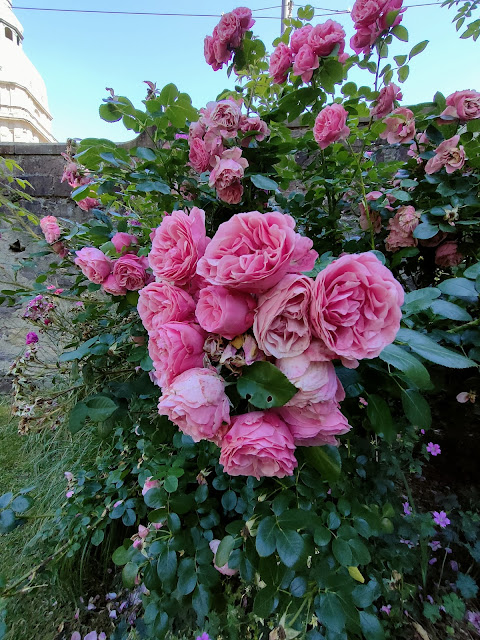

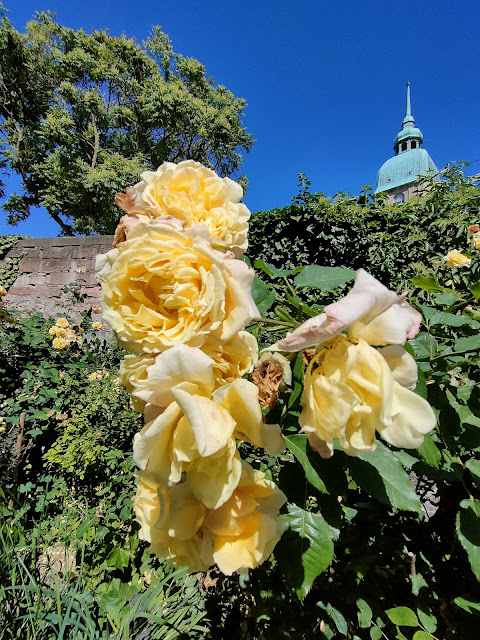
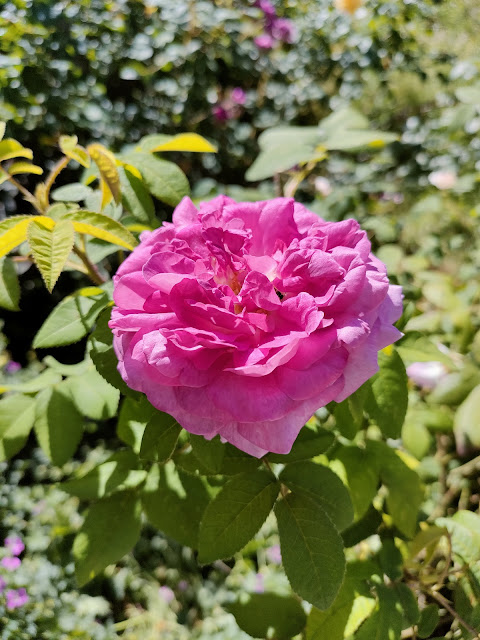
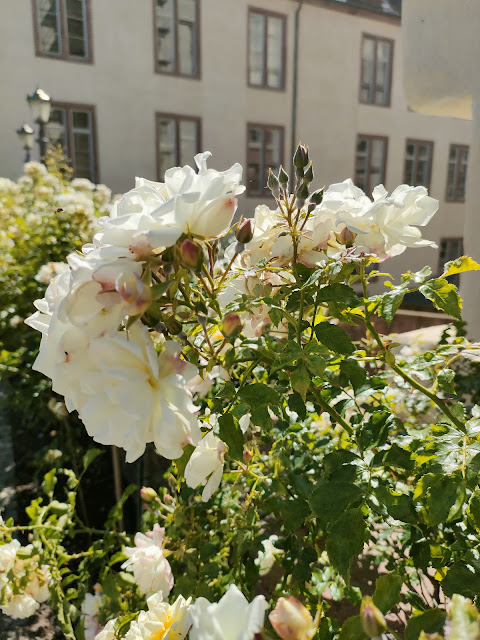

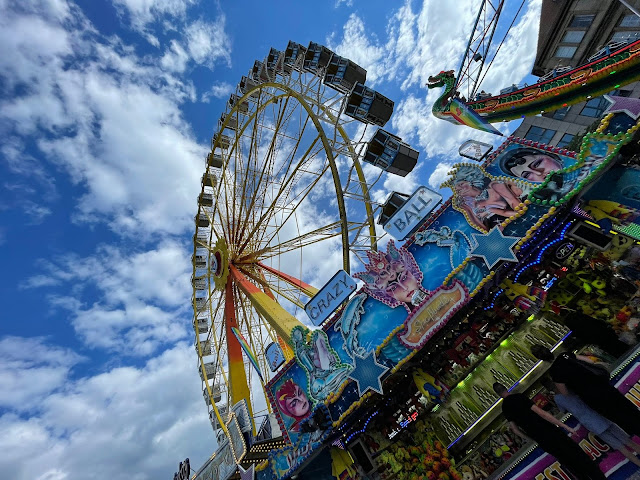
Comments
Post a Comment